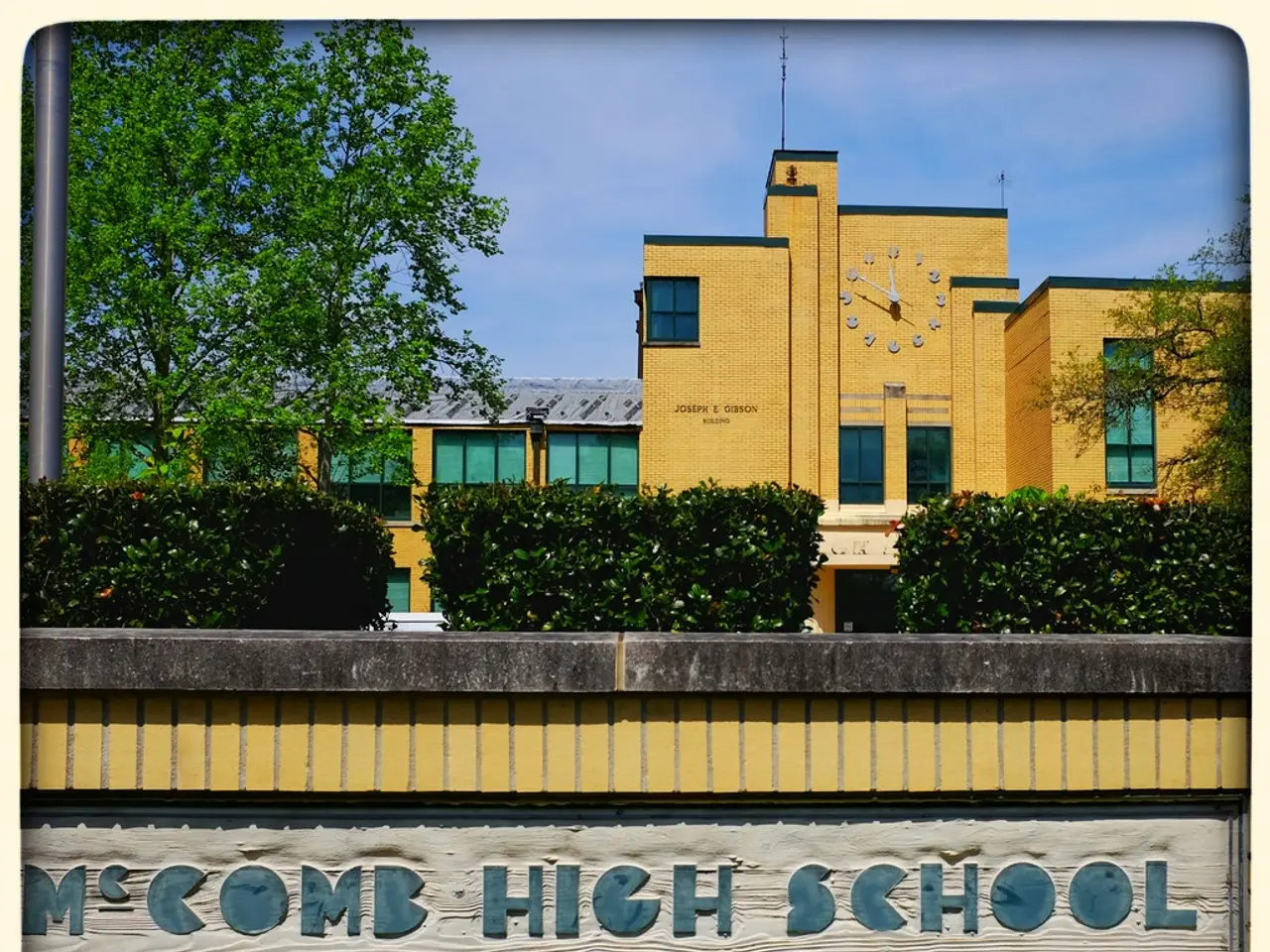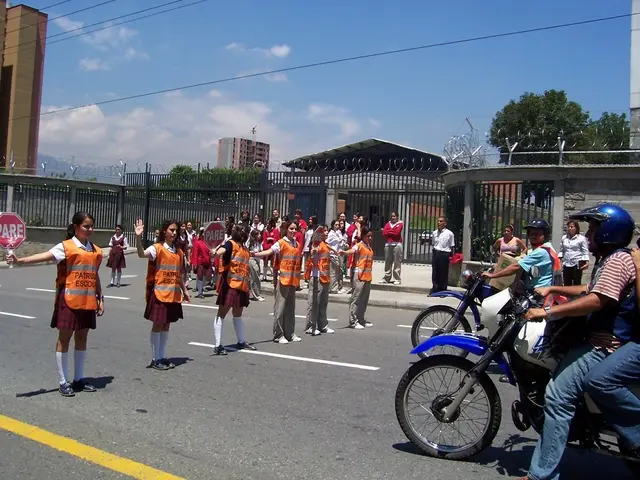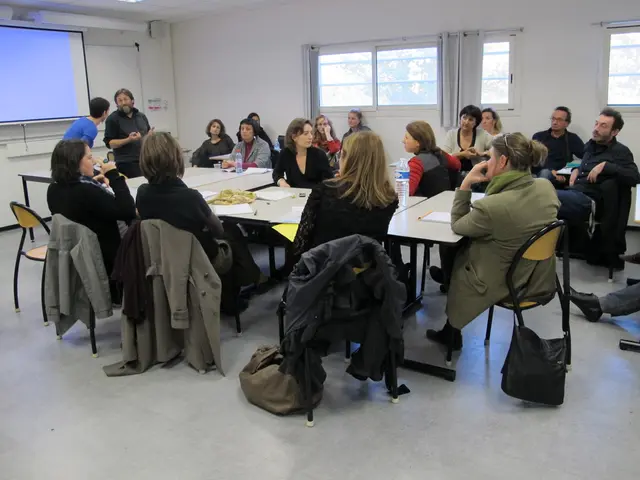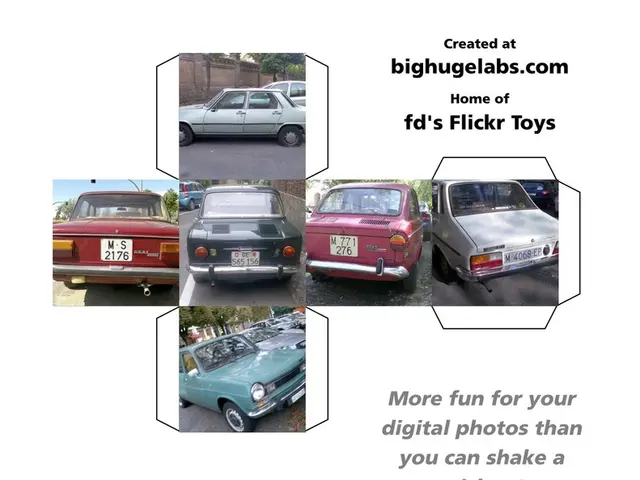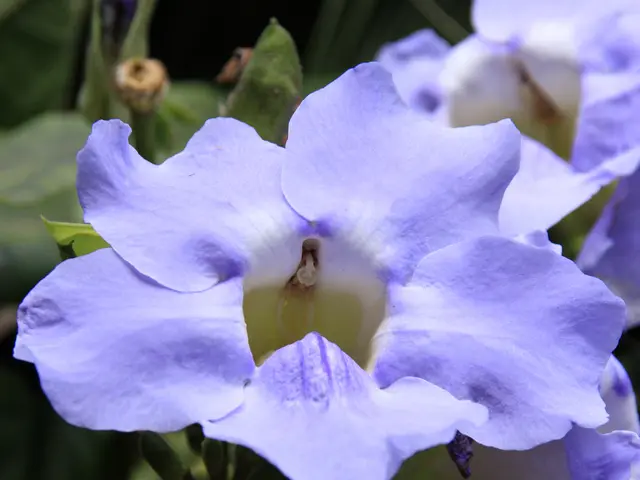Third Grade Science Project Ideas
In the realm of learning, science projects can be both educational and entertaining, especially for young minds. Here are some engaging and accessible science fair projects suitable for 3rd graders, which utilize simple household materials to demonstrate fundamental scientific concepts.
One of the projects involves creating a **Lava Lamp Experiment**. By combining water, vegetable oil, food coloring, and fizzing tablets like Alka-Seltzer, kids can learn about density and observe how carbon dioxide gas produces colorful bubbles.
Another project, the **Surface Tension with Black Pepper**, demonstrates how soap breaks water’s surface tension. By sprinkling black pepper on water and then touching it with soapy water, children can visually understand this scientific principle.
The **Balloon-Powered Car** is a simple car built from a plastic bottle, straws, and a balloon. When inflated and released, the car moves forward, teaching Newton’s Third Law of motion (action and reaction).
The **Static Electricity Balloon Trick** illustrates static electricity and electrical charges. By rubbing a balloon on hair and using it to attract paper bits or repel another balloon, children can easily grasp the concept.
The **Simple Circuit** introduces basic electronics and conductivity. Using a coin battery, LED, and wires, kids can light up a circuit and understand the basics of electrical flow.
The **Celery Experiment** demonstrates osmosis as colored water travels up celery stalks, showing how plants absorb water. Meanwhile, the **Color Changing Flowers** project explores capillary action by placing white flowers in colored water and watching them change color.
These projects are designed to be engaging and educational, using safe, household materials to demonstrate scientific principles in a fun and accessible way. They cover various topics, including chemistry and reactions, earth and weather science, animal adaptations, and more.
For example, the **Baking Soda and Lemonade Volcano** simulates a chemical reaction, while the **Oobleck (Non-Newtonian Fluid)** offers tactile exploration. The **Pinecone Weather Station** helps children predict weather changes by watching how a pinecone opens or closes, and the **Balloon Rocket** uses the power of air to launch a balloon along a string and explore thrust.
These projects aim to build confidence and critical thinking skills in young learners, making science an exciting and approachable subject. Whether it's investigating how color may influence flavor perception, studying the pH of everyday household liquids, or exploring the rock cycle through melting and pressing crayons, these projects are sure to spark curiosity and foster a love for science in young minds.
In the world of education and self-development, these science fair projects cater to preschool and 3rd graders, providing an enjoyable learning experience. The Lava Lamp Experiment illustrates density and carbon dioxide gas production, while the Surface Tension with Black Pepper project demonstrates how soap breaks water’s surface tension. The Balloon-Powered Car, with its plastic bottle, straws, and balloon, teaches Newton’s Third Law of motion.
The Static Electricity Balloon Trick offers an easy way to understand static electricity and electrical charges. The Simple Circuit introduces kids to basic electronics, and the Celery Experiment, along with the Color Changing Flowers project, covers osmosis and capillary action.
Engaging activities like the Baking Soda and Lemonade Volcano simulate chemical reactions, and Oobleck (Non-Newtonian Fluid) offers hands-on exploration. The Pinecone Weather Station helps kids predict weather changes, and the Balloon Rocket uses air power to explore thrust.
These projects not only cover various topics, including chemistry and reactions, earth and weather science, and physics, but also promote STEM education, art, and biology. They are designed to boost confidence and critical thinking skills, making science a fun and approachable subject. Whether investigating color’s influence on flavor perception, studying the pH of everyday liquids, or exploring the rock cycle through melting and pressing crayons, these projects spark curiosity and foster a love for science in young minds.
